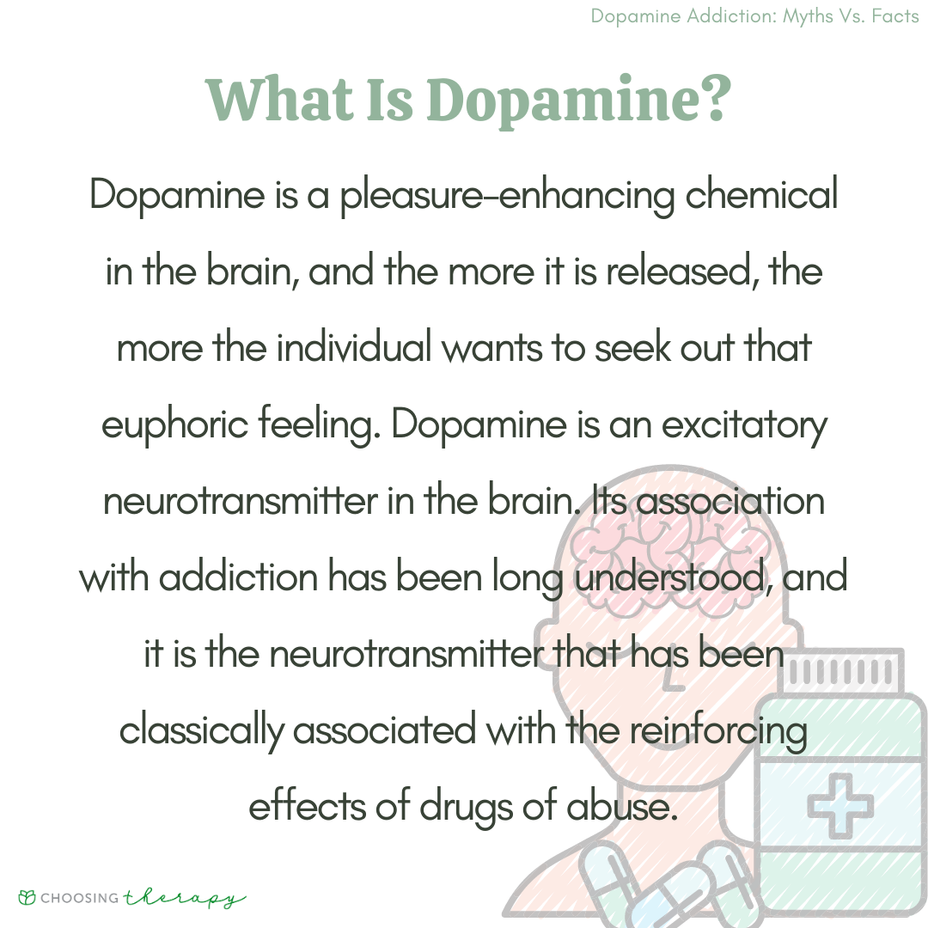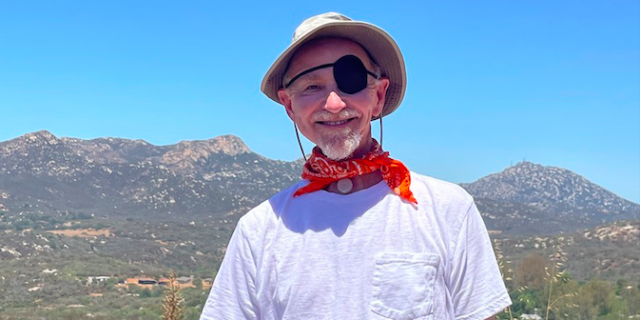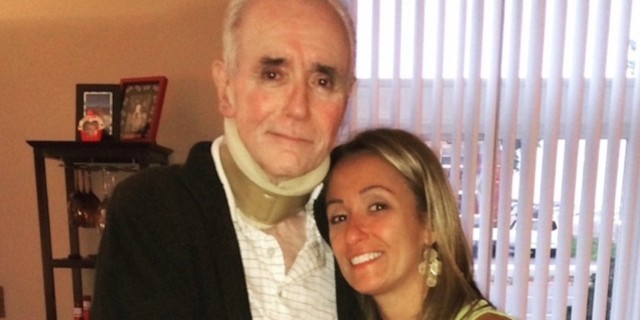Medication Explained: Substance Abuse 💊 #BipolarDisorder
Addiction is a horrible disease. What starts out as fun and increased dopamine release in the ventral striatum with enhanced anterior cingulate cortex (ACC) activity and reward ends up with the locus of control in the habit circuit as a mindless, automatic, and powerful compulsive drive to obtain drugs that is basically irresistible. Since it is not presently known what treatment mechanisms might suppress the wicked habit circuit that has commandeered behavioral control in the addict, treatments for addiction are few and far between and often not very effective. What is needed are treatments capable of wresting control back from the habit circuit and returning it to voluntary control, perhaps by neuroplasticity reverse-migrating control from dorsal back to ventral, where things began before addiction was present.
Once addicted, the brain is no longer rewarded principally by the drug itself, but as well by anticipation of the drug and its reward. This generates compulsive drug-seeking behaviors which are themselves rewarding.
That is, some studies suggest that dopamine neurons terminating in the ventral striatum actually stop responding to the primary reinforcer (i.e., taking the drug, eating the food, doing the gambling) and instead dopamine neurons terminating in the dorsal striatum begin to respond to the conditioned stimuli (i.e., handling the heroin syringe, feeling the crack pipe in your hand, entering the casino) before the drug is even taken! Since drug seeking and drug taking become the main motivational drives when addicted, this explains why the addicted subject is aroused and motivated when seeking to procure drugs, but is withdrawn and apathetic when exposed to non-drug-related activities. When drug abuse reaches this stage of compulsivity, it is clearly a maladaptive perseveration of behavior - a habit and a Pavlovian conditioned response, and not any longer being simply naughty or giving in to temptation.
Stimulants as therapeutic agents have been used in the treatment of ADHD. For optimised treatment of ADHD, stimulant dosing is carefully controlled to deliver constant drug leveis within a defined therapeutic range. Theoretically, this amplifies tonic release of dopamine to optimise pro-cognitive ADHD therapeutic effects. On the other hand, these very same stimulants can also be used as drugs of abuse by changing the dose and the route of administration to amplify phasic dopamine stimulation and thus their reinforcing effects. Although therapeutic actions of stimulants are thought to be directed at the prefrontal cortex to enhance both norepinephrine and dopamine neurotransmission there, at moderate levels of dopamine transporter (DAT) and norepinephrine transporter (NET) occupancy, the reinforcing effects and abuse of stimulants occur when DATs in the mesolimbic reward circuit are suddenly blasted and massively blocked.
The speed with which a stimulant enters the brain dictates the degree of the subjective "high". This sensitivity of the DAT to the way in which it is engaged likely explains why stimulants when abused are often not ingested orally but instead are smoked, inhaled, snorted, or injected so they can enter the brain in a sudden explosive manner, to maximize their reinforcing nature. Oral absorption reduces reinforcing properties of stimulants because speed of entry to the brain is considerably slowed by the process of gastrointestinal absorption. Cocaine is not even active orally so users have learned over the years to take it intranasally so that drug rapidly enters the brain directly, bypassing the liver, and thus can have a more rapid onset than even with intravenous administration. The most rapid and robust way to deliver drugs to the brain is to smoke those that are compatible with this route of administration, as this avoids first-pass metabolism through the liver and is somewhat akin to giving the drug by intra-arterial/intra-carotid bolus via immediate absorption across the massive surface area of the lung.
The faster the drug's entry into brain, the stronger are its reinforcing effects, probably because this form of drug delivery triggers phasic dopamine firing, the type associated with reward.
Amphetamine, methamphetamine, and cocaine are all inhibitors of the DAT and the NET. Cocaine also inhibits the serotonin transporter (SERT) and is also a local anesthetic, which Freud himself exploited to help dull the pain of his tongue cancer. He may have also exploited the second property of the drug, which is to produce euphoria, reduce fatigue, and create a sense of mental acuity due to inhibition of dopamine reuptake at the DAI, at least for a while, until drug-induced reward is replaced by drug-induced compulsivity.
High doses of stimulants can cause tremor, emotional lability, restlessness, irritability, panic, and repetitive, stereotyped behavior. At even higher repetitive doses, stimulants can induce paranoia and hallucinations resembling schizophrenia as well as hypertension, tachycardia, ventricular irritability, hyperthermia, and respiratory depression. In overdose, stimulants can cause acute heart failure, stroke, and seizures. Over time, stimulant abuse can be progressive. Initial doses of stimulants that cause pleasurable phasic dopamine firing give leave to reward conditioning and addiction with chronic use, causing craving between stimulant doses and residual tonic dopamine firing with a lack of pleasurable phasic dopamine firing. Now addicted, higher and higher doses of stimulants are needed in order to achieve the pleasurable highs of phasic dopamine firing.
Unfortunately, the higher the high, the lower the low, and between stimulant doses, the individual experiences not only the absence of a high, but also withdrawal symptoms such as sleepiness and anhedonia. The effort to combat withdrawal coupled with habit formation leads to compulsive use and ultimately dangerous behavior in order to secure drug supplies. Finally, there may be enduring if not irreversible changes in dopamine neurons, including long-lasting depletions of dopamine levels and axonal degeneration, a state that clinically and pathologically is appropriately called "burn-out”.
#MentalHealth #MightyTogether













